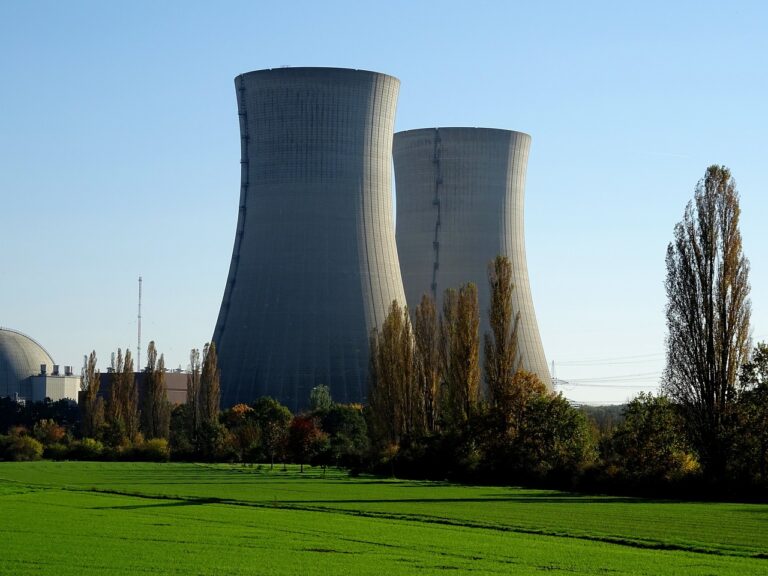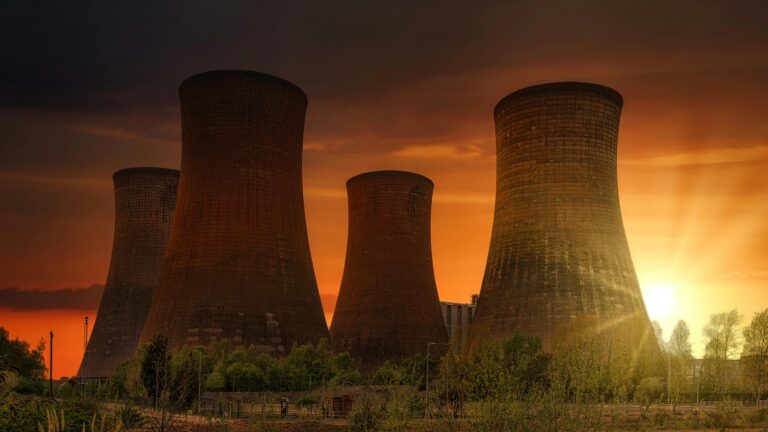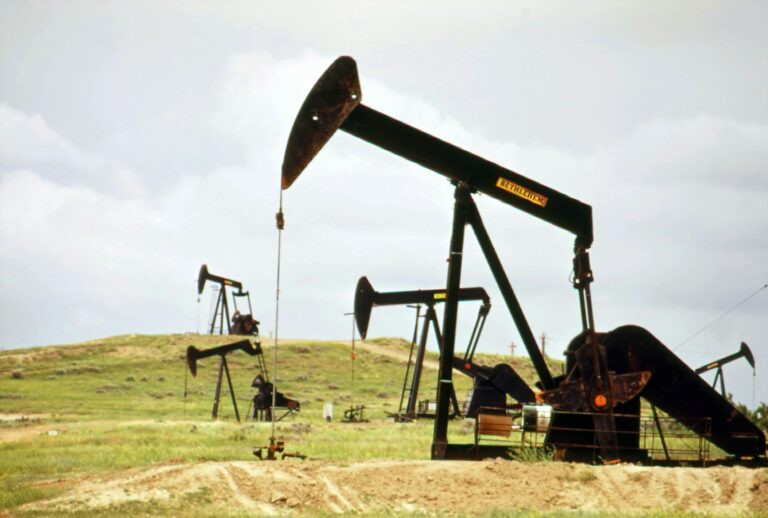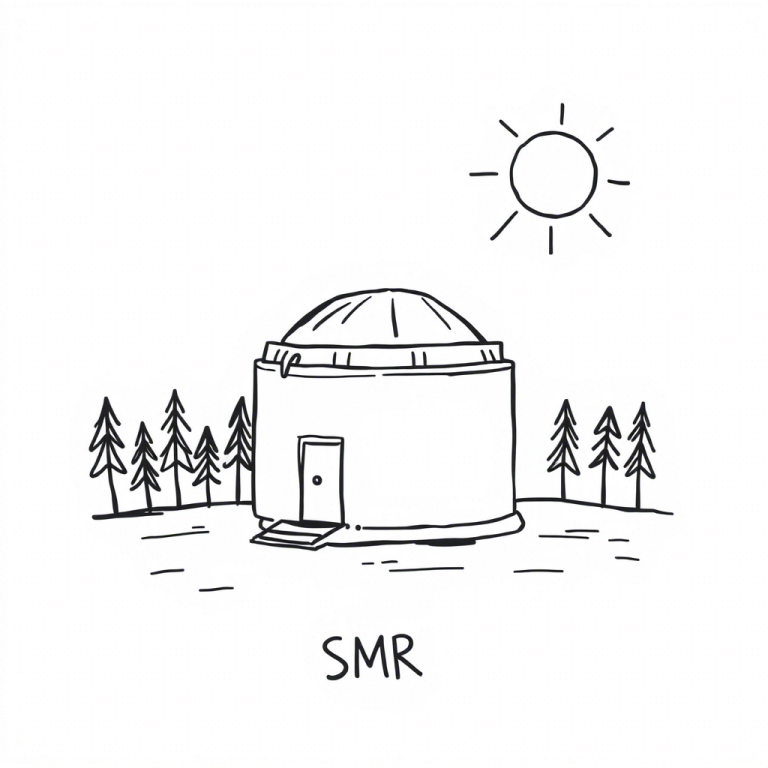Nuclear-Powered Rockets: How We Might Get to Mars
Have you ever wondered how we’ll get astronauts to Mars? Right now, using regular rockets, it would take about 7 to 9 months to get there. That’s a really long time to be floating in space! But scientists and engineers at NASA have a cool solution: nuclear-powered rockets. Don’t worry – they’re not as scary as they might sound. Let’s break down how they work and why they’re so exciting.
What Are Nuclear-Powered Rockets?
Imagine a super-powerful water heater – that’s kind of how these rockets work! They’re called Nuclear Thermal Propulsion (NTP) systems, and here’s how they work in simple steps:
- First, you have a special nuclear reactor that acts like a really powerful heater
- The reactor uses uranium (the same stuff that powers nuclear power plants) to create a lot of heat
- Liquid hydrogen (which is super cold) gets pumped through this reactor
- The heat turns the hydrogen into a gas that shoots out really fast through a nozzle
- This creates push (scientists call it thrust) that moves the spacecraft forward
Why Are They Better Than Regular Rockets?
Regular rockets work by mixing and burning fuels, kind of like a controlled explosion. But nuclear rockets are different and better in several ways:
- They’re twice as efficient, meaning they can go farther using less fuel
- They can carry more supplies for astronauts
- They could get to Mars about 2-3 months faster than regular rockets
- They give astronauts more chances to launch (what scientists call “launch windows”)
- If something goes wrong, the astronauts have a better chance of getting back home safely
Think about it like this: if you’re riding a bike, would you rather have a regular bike or an electric bike for a really long journey? The electric bike (like the nuclear rocket) helps you go farther and faster with less effort!
Safety First: Important Things to Know
Some people might worry when they hear the word “nuclear,” but NASA and other scientists have thought carefully about safety:
- These rockets won’t be turned on until they’re already in space
- Regular rockets will still be used to get off Earth
- Scientists are using safer, less-enriched uranium fuel
- The rockets are being tested thoroughly before anyone uses them
The Cool Science Behind It
Here’s why these rockets are more efficient:
Regular rockets create water vapor when they burn their fuel. Water vapor is pretty heavy. But nuclear rockets use hydrogen gas, which is super light. It’s like the difference between throwing a bowling ball and throwing a balloon – the balloon (like hydrogen) is much easier to push around!
Scientists measure rocket efficiency in something called “specific impulse” (think of it like “miles per gallon” for rockets):
- Regular rockets: 450 seconds of specific impulse
- Nuclear rockets: 900 seconds of specific impulse
That’s twice as good!
A Bit of History
This isn’t actually a new idea. Scientists started working on nuclear rockets back in the 1960s! Here’s a quick timeline:
- 1960s: NASA and the Atomic Energy Commission (now called the Department of Energy) started studying nuclear rockets
- Scientists at Los Alamos National Laboratory built and tested several nuclear rockets
- 1972: The first program ended, but scientists kept studying and improving the idea
- 2021: Three companies won a contest to design new nuclear rockets
- Today: Scientists are working on making these rockets even better and safer
What’s Happening Now?
Right now, scientists are working on making these rockets even better:
- They’re testing new types of fuel at a special facility in Idaho
- They’re using new ways to make fuel that’s safer and cheaper
- Three different teams of engineers are designing their own versions of these rockets
- Scientists are running lots of tests to make sure everything works perfectly
Why This Matters for the Future
Getting to Mars is just the beginning! Nuclear rockets could help us:
- Build bases on the Moon and Mars
- Explore more of our solar system
- Send bigger spacecraft with more scientific equipment
- Keep astronauts safer on long space journeys
Think about early explorers on Earth who had to sail for months to reach new places. Nuclear rockets could be like going from those old sailing ships to modern speedboats – making space exploration faster, safer, and more exciting!
Fun Facts to Share
- The hydrogen fuel these rockets use starts out super cold (about -423°F/-253°C)
- The reactor heats this hydrogen to over 4,000°F (2,200°C)!
- A trip to Mars could be shortened by about 2-3 months using these rockets
- The same amount of nuclear fuel weighs much less than regular rocket fuel
- Scientists have been working on this technology for over 60 years
What’s Next?
Scientists and engineers are still working hard to make these rockets ready for real space missions. In the next few years, we might see:
- More testing of different fuels
- New designs for the rockets
- Plans for the first test flights in space
- Detailed plans for using these rockets to get to Mars
Maybe someday, when humans first step onto Mars, they’ll have gotten there using nuclear thermal propulsion. And now you know how it works!







